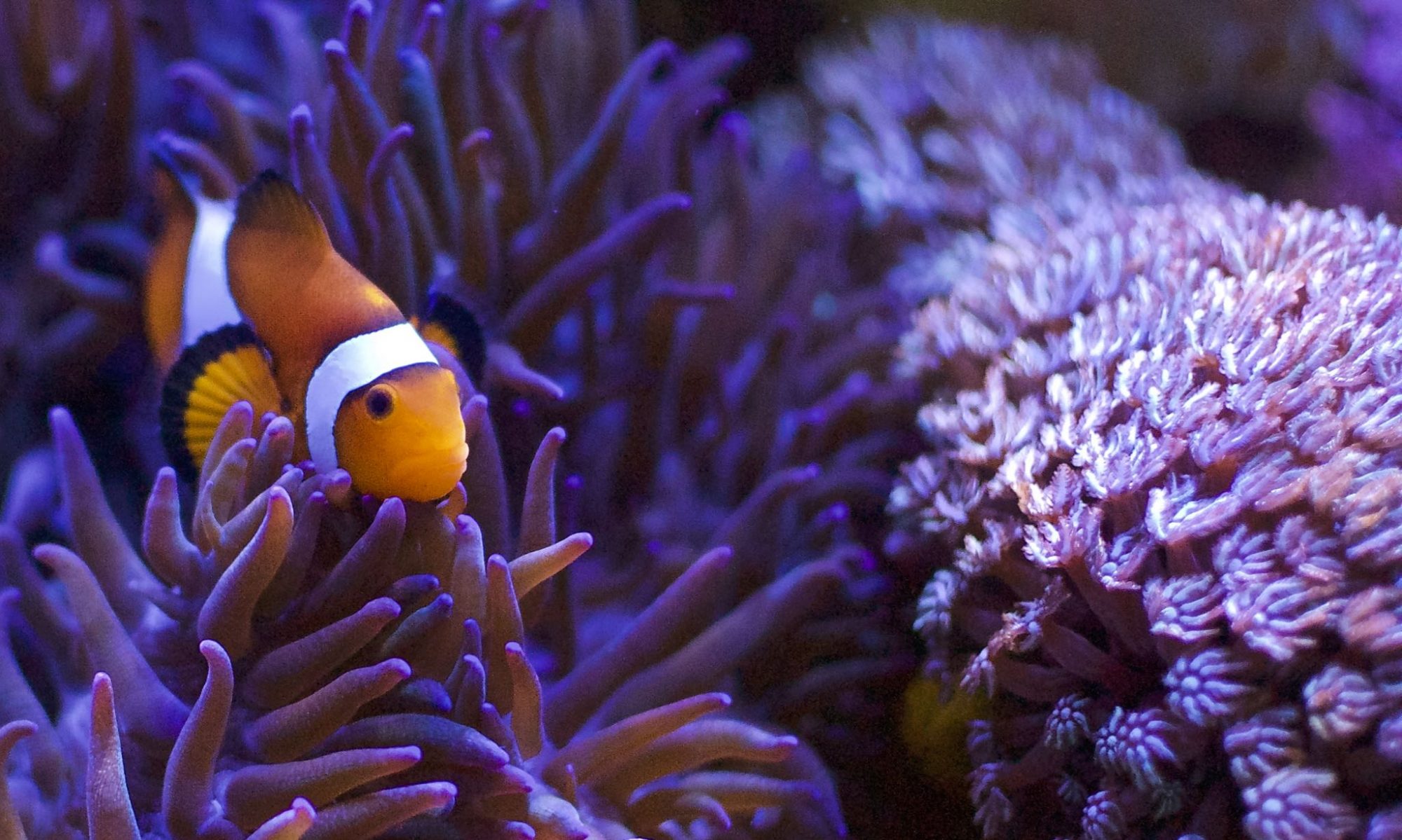Research Interests
The promotion of proper biosecurity techniques to stop the spread of disease within ornamental fish and invertebrate populations while optimizing their immunocompetence.
The promotion of sustainable aquariums through captive breeding and smart consumer choices.
The larval clownfish development of Amphiprion ocellaris and Amphiprion polymnus.
The use of facultative chemolithoautotrophic denitrifiers as a sustainable method of reducing nitrates in recirculating aquatic systems.
M.Sc. Research:
The identification of life-history parameters for better control of Ichthyophthirius multifiliis (Ich) epidemics in farmed fish. Specific focus given to how long infective theronts have in order to successfully bore into a host.
Ph.D. Research:
Kevin’s Ph.D. research focused on the management and risk prevention efforts that Australia implements to ensure imported marine ornamental organisms did not establish a permanent wild foothold within Australia.
Simultaneously, consideration and monitoring of these imported organisms as pathways of foreign disease transmission was carried out.
He used a supply/value chain analysis to establish an Australian current practices baseline for the aquarium trade. This occurred via a survey of marine ornamental organisms that were available in Australia to identify the species that were non-native.
Determination of a marine species status (native, introduced or cryptogenic) occurred using an established protocol. From there, the methods of how these imported species enter the country were investigated and the importer’s current biosecurity measures were recorded.
These imported organisms were then followed to the distributor who sent them to various stores around Australia who then passed them on to the individual aquarium hobbyists.
While the organisms were being followed, they were monitored for potential diseases and parasites that may have been imported with them, or that they may have been exposed to when they were in quarantine facilities.
Kevin would like to thank the Australian Endeavour Postgraduate Awards scheme for making this research possible.
